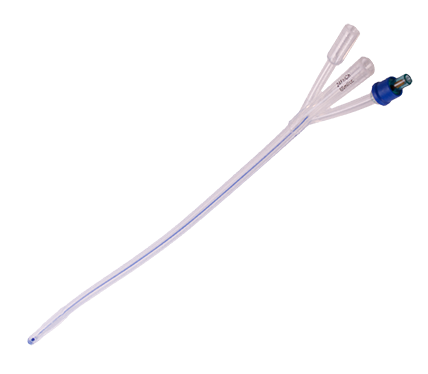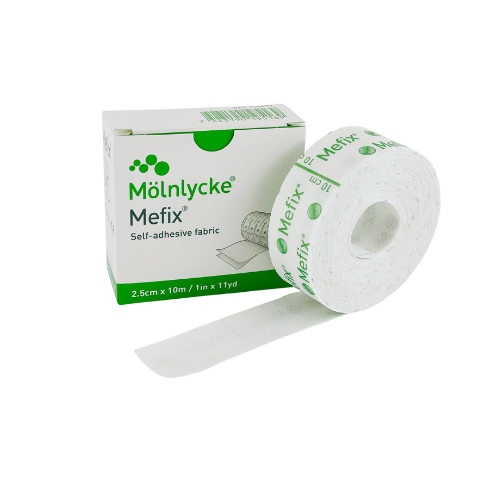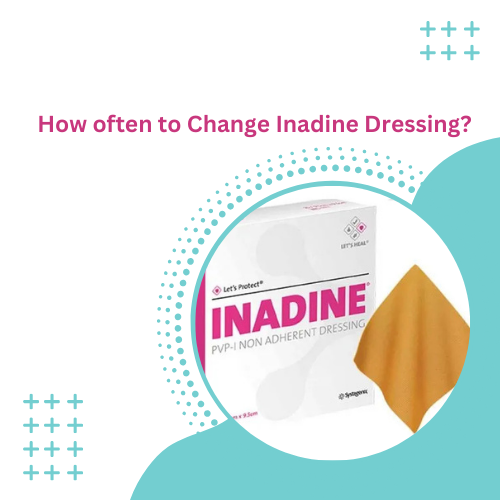When it comes to medical devices, catheters are among the most common tools used for a variety of purposes. One particular type, the 3-way catheter, plays a crucial role in specific clinical scenarios. In this blog post, we’ll explore what a 3-way catheter is, its uses, advantages, and considerations for patients and healthcare providers.
What is a 3-Way Catheter?
A 3-way catheter is a specialized type of urinary catheter that features three lumens (tubes) instead of the usual one or two. These lumens serve distinct purposes:
1. Urine Drainage: This lumen allows for the continuous drainage of urine from the bladder.
2. Irrigation: The second lumen can be used to irrigate the bladder, delivering a sterile solution to flush out debris or blood clots.
3. Balloon Inflation: The third lumen is designed to inflate and deflate a balloon at the catheter’s tip, which helps keep the catheter securely in place within the bladder.
This design makes the 3-way catheter particularly useful in specific medical situations, such as after bladder surgery, in cases of bladder obstructions, or during the management of hematuria (blood in urine).
How to Flush 3 Way Catheter
Flushing a 3-way catheter is an important procedure to maintain its functionality and prevent complications such as blockage or infection. Here’s a step-by-step guide on how to safely flush a 3-way catheter:
Step-by-Step Guide to Flushing a 3-Way Catheter
Supplies Needed:
– Sterile saline solution or prescribed irrigation fluid
– Syringe (usually 30 mL or as directed)
– Alcohol swabs
– Gloves
– A container for collecting waste (if necessary)
Procedure:
1. Wash Your Hands:
– Begin by thoroughly washing your hands with soap and water or using hand sanitizer.
2. Prepare the Area:
– Gather all necessary supplies and ensure you have a clean, distraction-free workspace.
3. Put on Gloves:
– Wear sterile gloves to maintain a clean environment and reduce infection risk.
4. Inspect the Catheter:
– Check the catheter and surrounding area for any signs of infection or abnormalities.
5. Clean the Access Port:
– Use an alcohol swab to clean the access port of the catheter. This is typically the port used for irrigation.
6. Draw Up the Fluid:
– Using the syringe, draw up the prescribed volume of sterile saline or irrigation fluid.
7. Attach the Syringe:
– Connect the syringe to the cleaned access port carefully, ensuring it’s secure.
8. Flush the Catheter:
– Gently push the fluid into the catheter. Start with a slow and steady motion to avoid discomfort. If resistance is felt, stop and reassess; do not force the fluid.
– Flush through the irrigation port (the second lumen) to ensure clear passage.
9. Monitor Output:
– Observe the urine output during and after flushing. Ensure the fluid is draining properly through the drainage port.
10. Dispose of Waste:
– If there is any collected waste, dispose of it according to your facility’s protocol.
11. Clean Up:
– Clean the workspace and ensure all supplies are disposed of properly.
12. Document:
– Record the procedure in the patient’s chart, noting the fluid used, the amount flushed, and any observations during the process.
Important Considerations:
– Consult Healthcare Provider: Always follow specific guidelines provided by healthcare professionals, as protocols may vary based on the patient’s condition.
– Frequency of Flushing: Follow the recommended flushing schedule; too frequent flushing can irritate the bladder.
– Signs of Complications: Monitor for signs of infection, discomfort, or changes in urine output, and report any concerns to a healthcare provider promptly.
Flushing a 3-way catheter is a critical procedure that helps maintain urinary health. If you’re unsure about any aspect of the process, don’t hesitate to ask a healthcare professional for assistance.
When is a 3-Way Catheter Used?
3-way catheters are typically used in various clinical scenarios, including:
– Postoperative Care: After surgeries involving the bladder or prostate, irrigation may be necessary to prevent clot formation and ensure proper healing.
– Urinary Retention: Patients experiencing urinary retention may benefit from both drainage and irrigation.
– Hematuria Management: When patients present with blood in their urine, irrigation can help clear out clots and debris.
Advantages of a 3-Way Catheter
– Enhanced Irrigation: The ability to irrigate the bladder helps maintain a clear urinary tract and can reduce complications such as infection or obstruction.
– Continuous Drainage: Patients can benefit from uninterrupted urine drainage, reducing discomfort and the risk of urinary tract infections.
– Improved Management: Healthcare providers can better manage various urinary conditions by using a single device for multiple functions.
Considerations and Care
While 3-way catheters offer numerous benefits, there are important considerations to keep in mind:
– Infection Risk: As with any catheter, there’s a risk of urinary tract infections (UTIs).
– Patient Comfort: Insertion and maintenance of a 3-way catheter may cause discomfort. Healthcare providers should ensure that patients are informed about the procedure and provide adequate pain management.
– Monitoring: Regular monitoring of urine output and characteristics is crucial. Changes can indicate complications that may need prompt attention.
Where to Buy 3-way Catheter?
If you’re looking to purchase a 3-way catheter, Joya Medical Supplies is a reliable option. You should be able to easily find and purchase a 3-way catheter in Australia. If you have any specific needs or questions, their customer support can provide personalized assistance.
Conclusion
The 3-way catheter is a versatile and essential tool in modern medicine, particularly for patients requiring specialized urinary care. Understanding its function, uses, and care considerations can empower both patients and healthcare providers to work together in achieving optimal outcomes.
If you or a loved one is facing the need for a 3-way catheter, don’t hesitate to discuss any questions or concerns with your healthcare team. They can provide guidance and support to ensure a smooth experience during this process.




